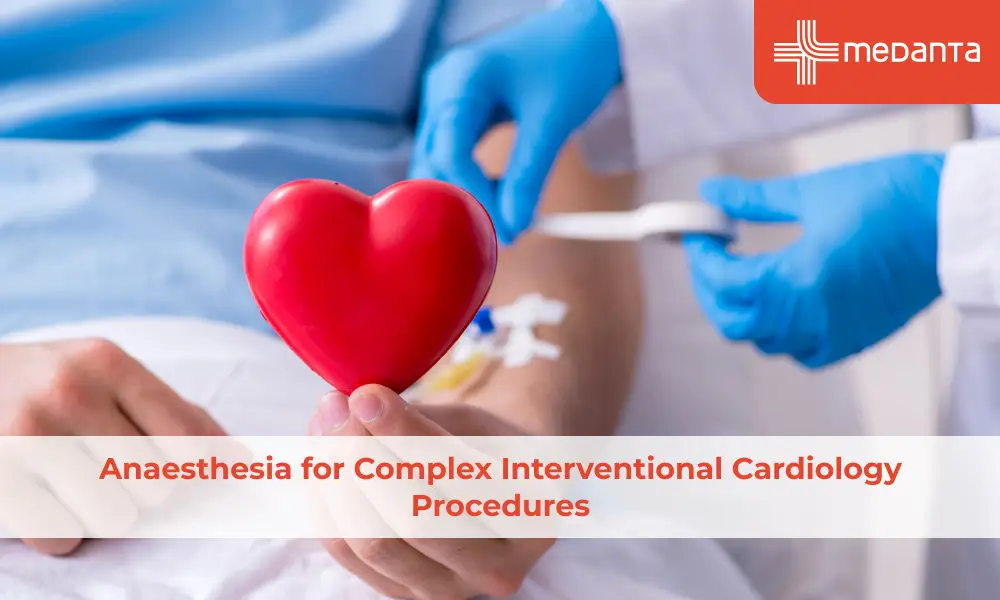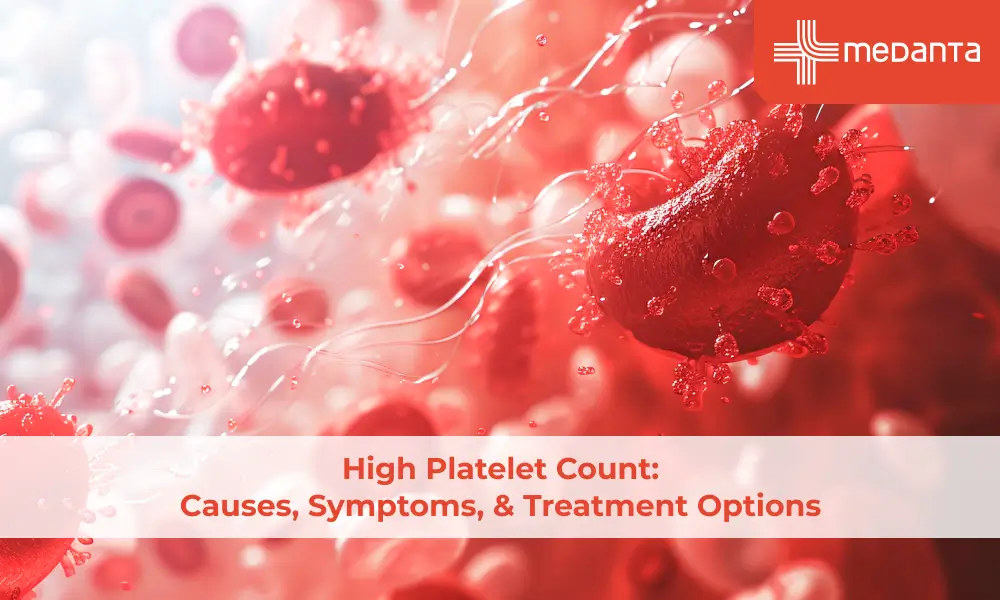Redefining Cancer Surgery: The Impact of Robotic-assisted Procedures in Oncology Treatment

TABLE OF CONTENTS
Robotic cancer surgery has achieved remarkable success rates of up to 100% across various procedures, transforming the landscape of oncological treatment. The impact of robotic-assisted procedures on cancer treatment has been significant. Compared to traditional surgery, patients experience less blood loss, shorter hospital stays, and faster recovery times. Furthermore, these advanced systems enable surgeons to target tumours with enhanced precision while minimising damage to surrounding healthy tissues.
This comprehensive guide explores how robotic surgery is reshaping cancer treatment, examining its benefits, applications, and the latest technological advances that are improving patient outcomes in oncology care.
From open surgery to robotic tools
The transition from open surgery to robotic tools has been particularly beneficial in treating cancers in hard-to-reach areas. Surgeons now operate with enhanced three-dimensional vision and ten times magnified video capabilities. Additionally, robotic systems provide a superior range of motion and motion scaling, allowing for more precise movements in confined spaces.
The advancement mainly benefits surgeries in challenging anatomical locations. For instance, robotic assistance has made operating in narrow pelvic regions more manageable. Surgeons can now perform complex procedures like anterior resections and prostatectomies with greater accuracy.
Breakthroughs in cancer treatment
Robotic surgery received FDA approval in 2000, initially focusing on prostatectomy and hysterectomy procedures. Subsequently, its application expanded to various cancer types, including:
Prostate, bladder, and kidney cancers
Rectal and endometrial cancers
Oesophageal and mediastinal tumours
Hepatobiliary and gastric cancers
These robotic systems have achieved significant improvements in cancer treatment outcomes. Patients experience up to 80% less blood loss than traditional open surgery. Moreover, hospital stays have been reduced by two days compared to video-assisted procedures and four days compared to thoracotomy.
The precision offered by robotic systems proves particularly valuable in treating locally advanced cancers. For patients with occult N2 disease, this approach reduces recovery time and shortens the interval between surgery and adjuvant treatments. This timing advantage allows for full doses of chemotherapy and potentially offers oncological benefits by reducing immune system activation.
The surgical field continues to witness improvements in robotic technology. High-definition imaging and magnification capabilities enable surgeons to visualise complex anatomical areas clearly, while the enhanced dexterity of robotic tools allows for careful dissection around critical structures. These advancements ensure better post-operative recovery and improved functional outcomes without compromising oncological principles.
Surgeons worldwide opt for robotic-assisted procedures because of their distinct advantages in cancer treatment. The sophisticated technology offers multiple benefits, enhancing surgical precision and improving patient outcomes.
A better view of cancer tissue
Modern robotic systems provide surgeons with exceptional visualisation capabilities. The high-definition 3D viewing system offers depth perception and spatial awareness that surpasses traditional 2D laparoscopy. The magnified view lets surgeons see intricate anatomical structures clearly, while the stable camera platform ensures steady imaging throughout the procedure.
The da Vinci system's port hopping feature enables optimal multi-quadrant visualisation during surgery. This advanced viewing system reduces ocular strain and task performance time. The improved illumination and viewing angles help surgeons navigate complex anatomical areas confidently.
More precise movements
Robotic instruments excel in precision control, offering capabilities that exceed human hand movements alone. The endo-wristed instruments can rotate almost 360 degrees, providing seven degrees of freedom when manoeuvring around structures. This enhanced dexterity proves invaluable during delicate procedures.
The scaling of motion in robotic instruments significantly improves surgical accuracy. These features allow surgeons to:
Perform intricate manoeuvres with unprecedented accuracy
Navigate complex anatomical structures safely
Conduct precise tumour resections
Execute detailed lymph node dissections
Less strain on the surgeon
Physical comfort during surgery directly impacts performance. Unlike traditional procedures that require prolonged standing, robotic surgery allows surgeons to operate from a seated position. This ergonomic advantage reduces fatigue during lengthy operations.
The robotic console places the screen in line with the surgeon's hands, mimicking the natural positioning of open surgery. This alignment, reduced head movement, and stable visualisation minimise visual-vestibular mismatch. The comfortable operating position enables surgeons to maintain peak performance throughout extended procedures, ultimately enhancing surgical outcomes.
Clinical studies reveal compelling evidence about the effectiveness of robotic surgery in cancer treatment. The latest research demonstrates remarkable improvements in patient outcomes across multiple cancer types.
Success rates compared to traditional surgery
Recent studies show that robotic surgery matches conventional approaches in cancer treatment success. For endometrial cancer, the five-year overall survival rate stands at 92% for robotic surgery, while open surgery shows 91%. Disease-free survival rates remain equally promising at 89% for robotic procedures and 86% for traditional methods.
Robot-assisted surgery offers notable advantages in complex procedures. The technique reduces blood clot occurrence by 77% in bladder cancer operations. The precision of robotic systems leads to better lymph node dissection, with studies showing higher lymph node yields.
Patient satisfaction scores
Patient feedback demonstrates strong approval for robotic cancer procedures. Almost all patients (99%) express satisfaction with their overall care. A remarkable number of patients would recommend robotic surgery to others seeking treatment.
The high satisfaction rates stem from several factors:
Reduced post-operative discomfort
Quicker return to normal activities
Better physical functioning by 4 months post-surgery
Improved mental well-being scores over time
Hospital stay duration
One of the most striking benefits involves shorter hospital stays. Research indicates:
The average hospital stay decreases by 20% with robotic surgery. Patients typically spend eight days in the hospital after robotic procedures rather than ten days with traditional surgery. Consequently, readmission rates drop by 52%.
Physical recovery also shows marked improvement. Patients experience:
Faster bowel function recovery
Earlier return to the fluid diet
Reduced blood loss during surgery
Lower conversion rates to open surgery
These outcomes highlight how robotic surgery enhances both immediate post-operative recovery and long-term cancer treatment success. The combination of shorter hospital stays, reduced complications, and high patient satisfaction underscores the value of this surgical approach in modern cancer care.
Technological breakthroughs continue to enhance robotic cancer surgery, offering surgeons advanced tools and capabilities. The latest innovations focus on improving surgical precision while ensuring better patient outcomes.
New tools and features
Modern robotic systems now incorporate force feedback technology, allowing surgeons to sense the push and pull forces at the instrument tip. This advancement reduces tissue force by up to 43%. The newest generation of robotic tools features six force feedback-enabled instruments, supporting various surgical actions from dissection to suturing.
Micro-robotics represents another groundbreaking development. These miniature devices perform targeted tasks within the body, enabling precise drug delivery and tissue repair in hard-to-reach areas. Single-port robotic surgery has likewise emerged, allowing multiple instruments through one incision.
Artificial intelligence support
AI integration marks a substantial leap forward in robotic cancer surgery. Machine learning algorithms enhance surgical abilities, operation efficiency, and predicted outcomes. The technology offers several key benefits:
Automated analysis of patient imaging and precise tracking of surgical anatomy
Real-time smoke removal from surgical footage for clearer views
Automatic detection of safe dissection planes
Prediction of intraoperative bleeding
Training programmes for surgeons
Comprehensive training programmes ensure the proper adoption of robotic surgical skills. These structured curricula involve multiple components:
Pre-clinical training through online tutorials and device familiarisation
Hands-on practice using robotic surgery simulators
Box trainer exercises and biotissue drills
Cadaver labs for realistic surgical experience
The training pathway progresses from simulation to real-time operating room experience under expert mentorship. Virtual reality simulators play a vital role in offering safe practice environments and objective skill assessment. Notably, these programmes emphasise non-technical skills such as communication, leadership, and decision-making, which substantially impact surgical success.
Robotic-assisted surgery stands as a proven advancement in cancer treatment, backed by impressive clinical outcomes and patient satisfaction rates. The technology offers surgeons enhanced precision and control while patients benefit from shorter hospital stays and faster recovery times.
Success rates matching or exceeding traditional surgery, along with 99% patient satisfaction scores, demonstrate the effectiveness of robotic systems in various cancer procedures. Reduced hospital stays and lower readmission rates highlight the practical advantages of this surgical approach.
The field continues to grow through artificial intelligence integration and improved force feedback systems. These developments, combined with comprehensive surgeon training programmes, ensure that robotic surgery will play an even larger role in future cancer treatment.
The evidence shows that robotic-assisted procedures deliver excellent results while prioritising patient comfort and recovery. This surgical approach represents a significant step forward in cancer care, offering hope and better outcomes for patients worldwide.
Is robotic surgery safe for cancer treatment?
Under experienced hands, robotic surgery maintains safety levels similar to conventional procedures. The advanced technology enhances surgical precision through 3D visualisation and improved dexterity. However, as with any surgery, certain risks exist, albeit minimal.
What types of cancer can be treated with robotic surgery?
Robotic surgery addresses multiple cancer types, specifically:
Lung and oesophageal cancers
Gynaecologic cancers (ovarian, endometrial)
Urologic cancers (kidney, bladder, testicular)
Gastrointestinal cancers (stomach, pancreas, colorectal)
What makes someone a good candidate for robotic surgery?
Candidacy depends on several factors:
Cancer type and stage
Overall health condition
Technical feasibility of the procedure
Safety considerations for minimally invasive approaches
What should patients ask their surgeon?
Essential questions include:
Experience level with robotic procedures
Expected recovery timeline
Potential risks and benefits
Alternative treatment options
How long do robotic surgery patients stay in the hospital?
Hospital stays vary by procedure type, although they typically last at least one night. Many patients experience shorter stays compared to traditional surgery.






